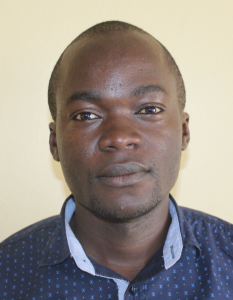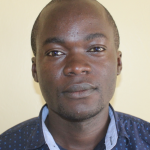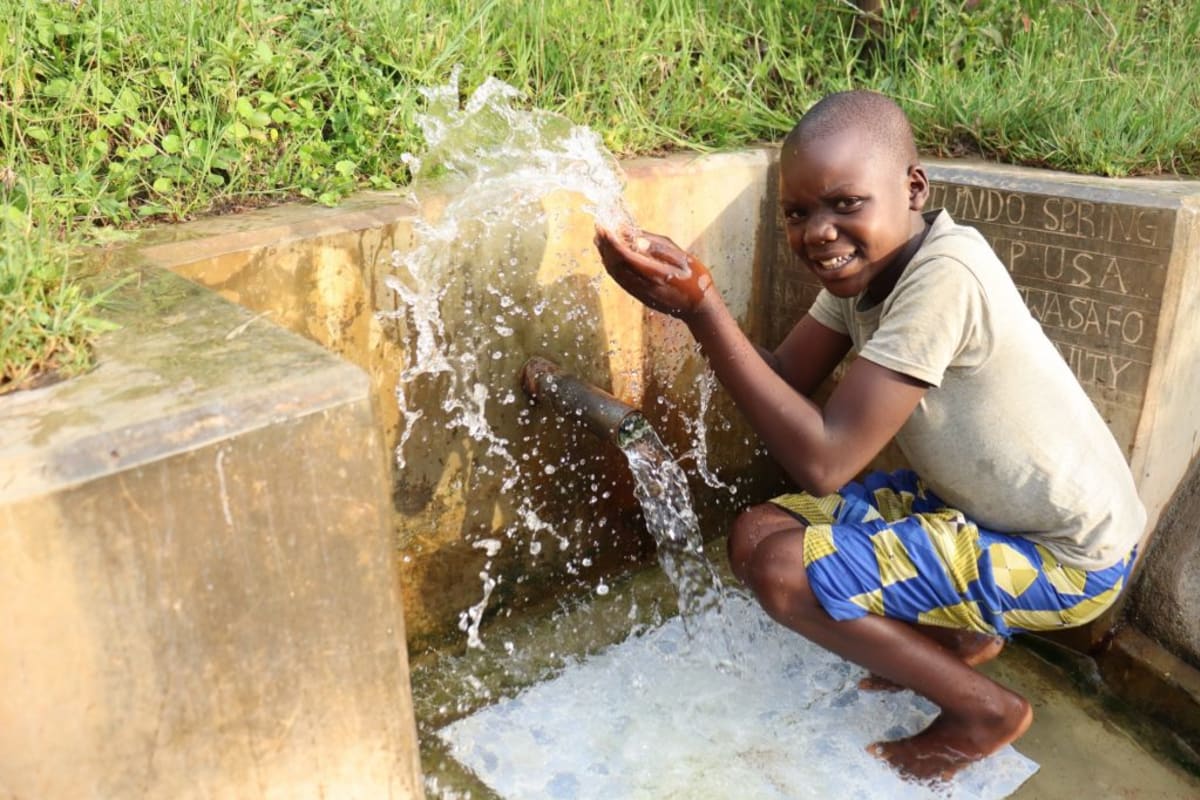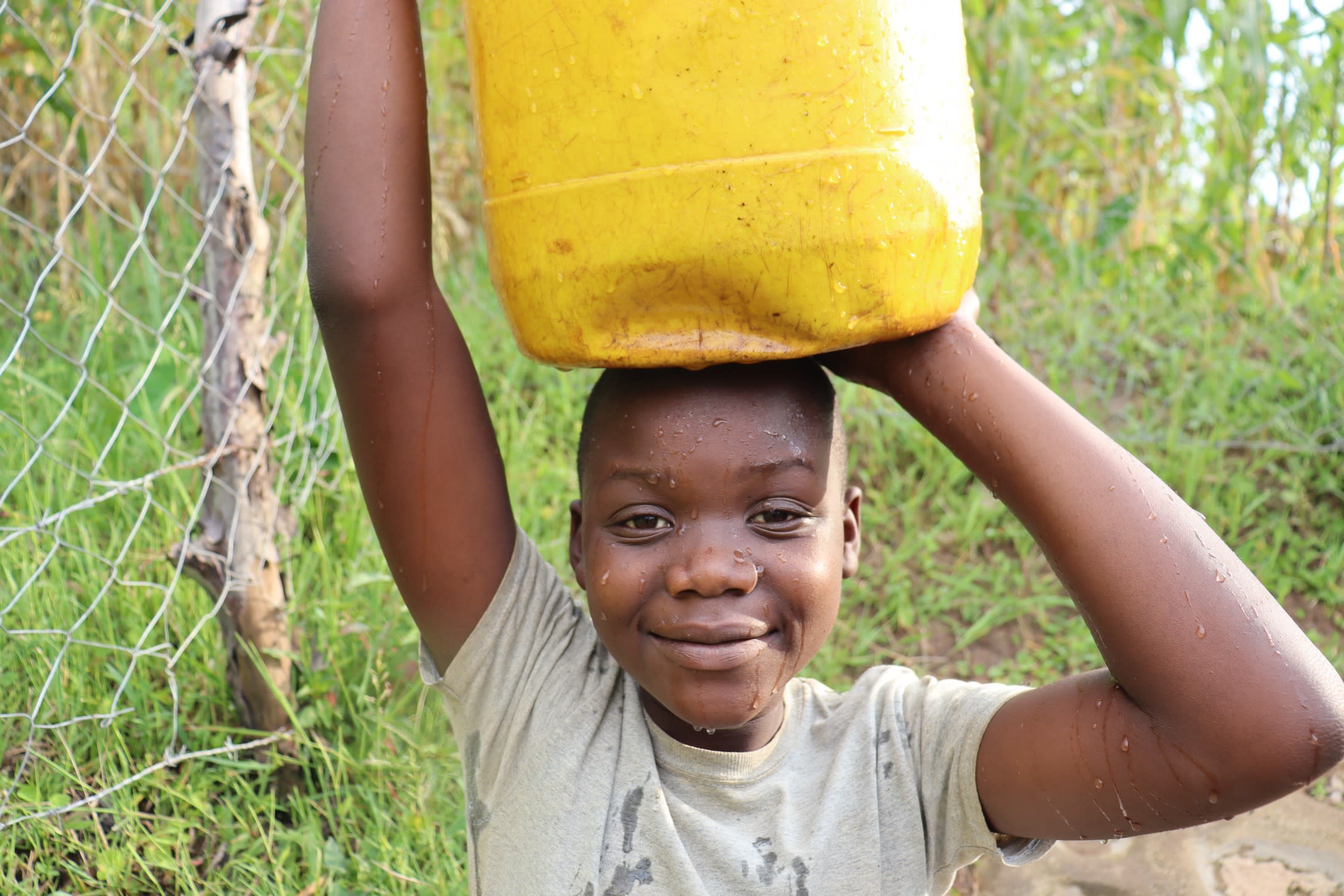Some of the 154 people in Lunyinya Community have to walk for an hour each way to reach Steven Shitundo Spring - once in the morning, and then again in the evening. After their long journey, they are often met with overcrowding and long lines at the water point.

The spring area is steep. There are no stairs, and the spring is located in a water catchment area, which makes the waterpoint very difficult to access, especially during the rainy season, and especially for the older members of the community, and expectant mothers.
Rather than suffering this constant inconvenience, many people in the community choose to go without water. Some don't bathe for long stretches in an effort to conserve the water they can get. Others try not washing utensils, dishes, and clothes as often as they know they should.
"Life is full of challenges, water being one of them," said a local farmer, Steven Ondondi. "[This has] really contributed to a poor state of hygiene. People skipping bathing, washing clothes, and even others using utensils twice without cleaning. This has really contributed to health complications and costs incurred for treatment."
The rate of poverty in Lunyinya is so high that many parents can't afford to medicate their children when they become sick from contaminated water and poor hygiene practices. Common diseases in this region are cholera, typhoid, coughing, and diarrhea - all preventable with a source of clean water.

For a community of sugarcane farmers, time spent sick at home or in the hospital means time their fields go neglected: their only source of income lying fallow. This means many villagers cannot afford to pay their children's school fees.
"Growing up in this community, I have experienced a lot," said Mary Shitundo, a local farmer and community member. "Lack of access to clean and safe water has contributed to absenteeism among pupils in school."
"Diseases affect us," Mary continued. "The time factor also contributes to not achieving our daily activities, due to overcrowding of people at the water source, and the high number of people fetching water."
What We Can Do:
Spring Protection
Protecting the spring will help provide access to cleaner and safer water and reduce the time people have to spend to fetch it. Construction will keep surface runoff and other contaminants out of the water. With the community’s high involvement in the process, there should be a good sense of responsibility and ownership for the new clean water source.
Fetching water is a task predominantly carried out by women and young girls. Protecting the spring and offering training and support will, therefore, help empower the female members of the community by freeing up more of their time and energy to engage and invest in income-generating activities and their education.
Training on Health, Hygiene, COVID-19, and More
To hold trainings during the pandemic, we work closely with both community leaders and the local government to approve small groups to attend training. We ask community leaders to invite a select yet representative group of people to attend training who will then act as ambassadors to the rest of the community to share what they learn. We also communicate our expectations of physical distancing and wearing masks for all who choose to attend.
The training will focus on improved hygiene, health, and sanitation habits in this community. We will also have a dedicated session on COVID-19 symptoms, transmission routes, and prevention best practices.
With the community’s input, we will identify key leverage points where they can alter their practices at the personal, household, and community levels to affect change. This training will help to ensure participants have the knowledge they need about healthy practices and their importance to make the most of their water point as soon as water is flowing.
Our team of facilitators will use a variety of methods to train community members. Some of these methods include participatory hygiene and sanitation transformation, asset-based community development, group discussions, handouts, and demonstrations at the spring.
One of the most important issues we plan to cover is the handling, storage, and treatment of water. Having a clean water source will be extremely helpful, but it is useless if water gets contaminated by the time it is consumed. We and the community strongly believe that all of these components will work together to improve living standards here, which will help to unlock the potential for these community members to live better, healthier lives.
We will then conduct a small series of follow-up trainings before transitioning to our regularly scheduled support visits throughout the year.
Training will result in the formation of a water user committee, elected by their peers, that will oversee the operations and maintenance of the spring. The committee will enforce proper behavior around the spring and delegate tasks that will help preserve the site, such as building a fence and digging proper drainage channels. The fence will keep out destructive animals and unwanted waste, and the drainage will keep the area’s mosquito population at a minimum.

 Protected Spring
Protected Spring
 Rehabilitation Project
Rehabilitation Project









































